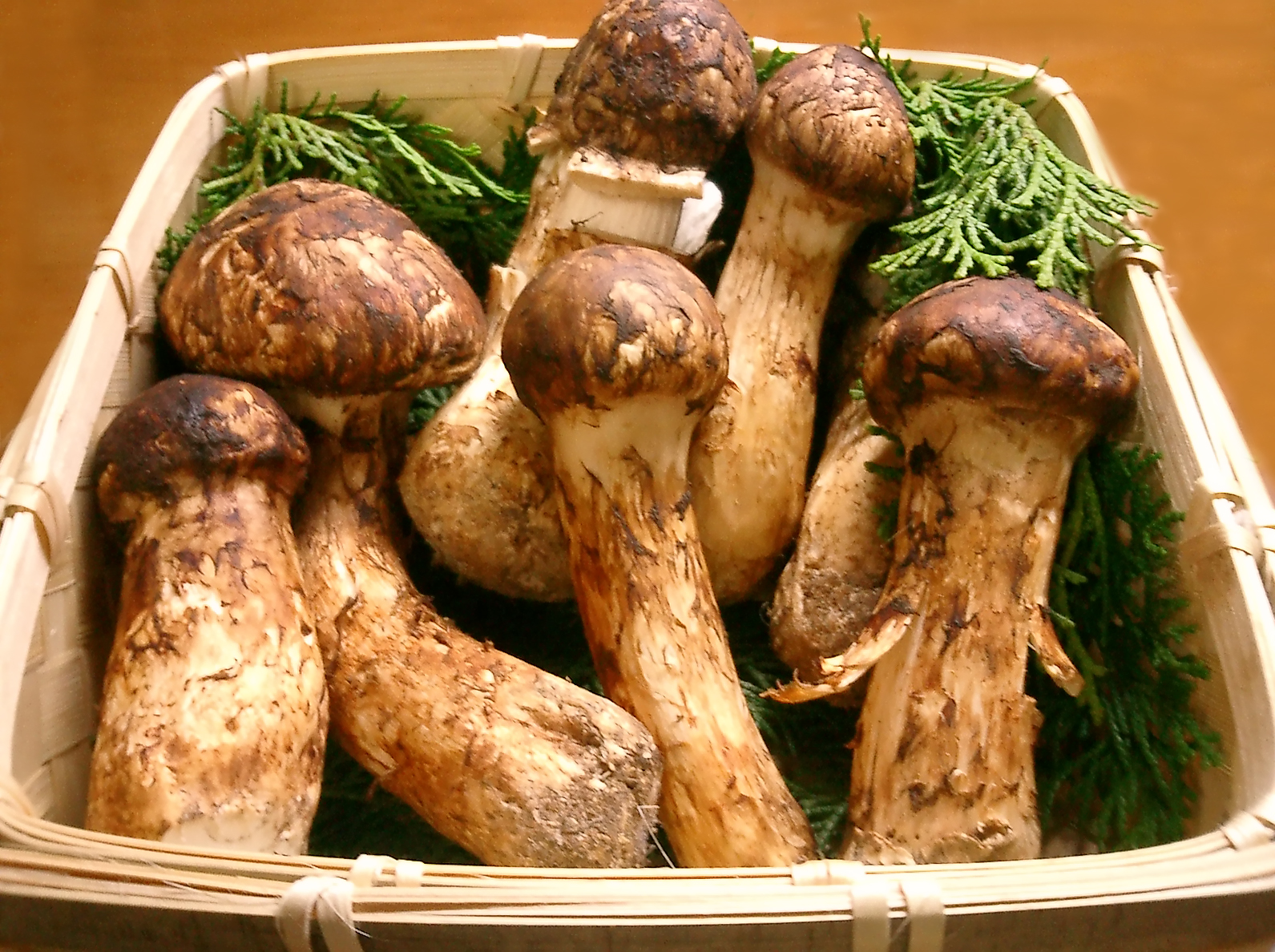Autumn Season in Japan is the perfect season for big spenders out there. Autumn is definitely upon us! The nights are getting shorter, the weather is getting colder, and the sunglasses are starting to gather dust from lack of use. But it’s not all bad, especially if you are a lover ofJapanese food and flavours! Indeed, the Japanese have a saying: “Autumn is the season to eat”. This refers to the widely held belief that the best food Japan has to offer is produced in Autumn. The following are the 4 Popular Autumn dishes that can’t be seen in menus on a regular basis yet remains a “must eat” menus for Japanese people during autumn season of the year. Their year won’t be completed without trying one of these so dig in while preparing for the cold months to come!

The Japanese matsutake at the beginning of the season, which is the highest grade, can go up to $2,000 per kilogram. In contrast, the average value for imported matsutake is about $90 per kilogram. Photo credits: Google
1. Matsutake Mushroom Soup
In Japanese, matsu (松) means pine and take (茸) means mushroom. It has a very distinct taste and smell like no other food. Imagine a mushroom with extremely concentrated smell of pine wood. Matsutake Soup (松茸お吸い物) is a classic Japanese autumn soup with highly-prized fragrant matsutake mushrooms in clear dashi broth. This type of soup does not have miso paste, and is called Suimono or Osuimono – “food you can sip”. There are many ways to prepare this savory mushroom; it can be enjoyed by itself simply grilling, or used to infused other dish likerice or chawanmushi.
2. Sanma Shioyaki ( Salt-Grilled Pacific Saury )
Sanma or Pacific Saury is one of the most well-known seasonal fish representing autumn in Japanese cuisine. It’s usually salted and grilled whole even with intestines intact, and served with grated daikon and soy sauce to intensify the flavor of the fish. The Japanese enjoy the combination of the bitter intestine flavor with fresh grated daikon soy sauce. The kanji characters used in the Japanese names of the Sanma (秋刀魚) mean “autumn sword fish” in reference to sanma season and its body shape resembling a knife or a sword.
3. Shinmai Rice with Gingko nuts
Autumn is harvest time forrice, meaning that all rice that is eaten in Japan in Autumn is as new and fresh as it can possibly be. This “new rice”, or shinmai(新米), is said to be sweeter, moister and softer than “older” rice, and Autumn (from September to December) is the only time of year when this rice can be experienced. You can add up sweet potatoes, mushrooms, chestnuts with this steamed rice but gingko nuts are the best pair. it turns bright yellow and yield a subtly sweet, umami-rich flavour when cooked, perfect for mixing with shinmai rice or added to a dobin mushi.
 4. Pumpkin Croquettes ( Kabocha korokke )
4. Pumpkin Croquettes ( Kabocha korokke )
Kabocha (かぼちゃ) is the Japanese word for pumpkin, and the slightly sweet, hearty Japanese variety of pumpkin is in season in Autumn. While pumpkin is commonly enjoyed in the UK as a soup or as part of a roast dinner, in Japan pumpkin is also seen as a food for frying, either sliced in a shallow fry pan, or mashed up and crumbed as pumpkin croquettes. While the concept of a pumpkin croquette may seem a little unconventional, a well-prepared pumpkin croquette is crunchy, just a little bit sweet, and a favourite Autumn comfort food among the Japanese.
























You must be logged in to post a comment.